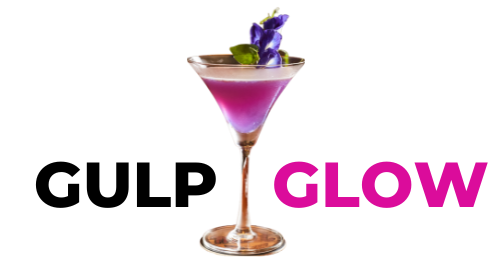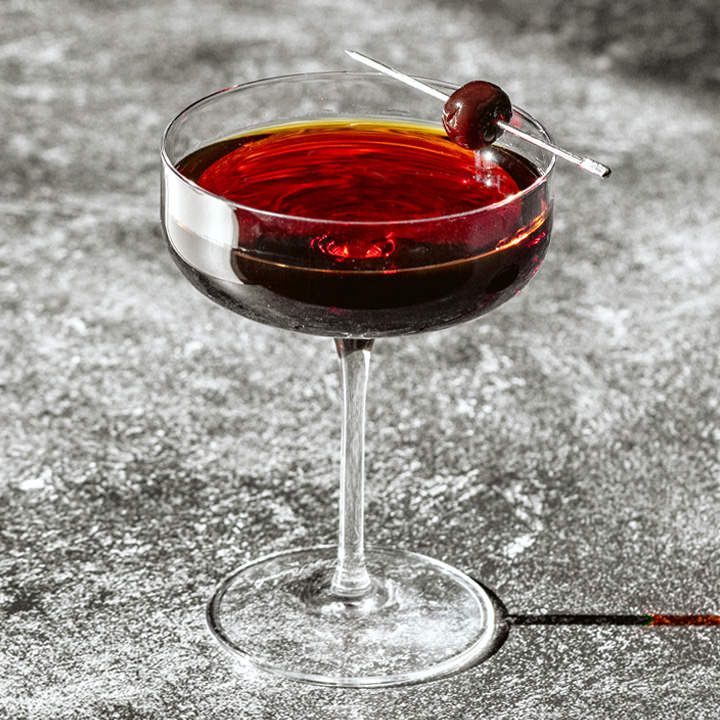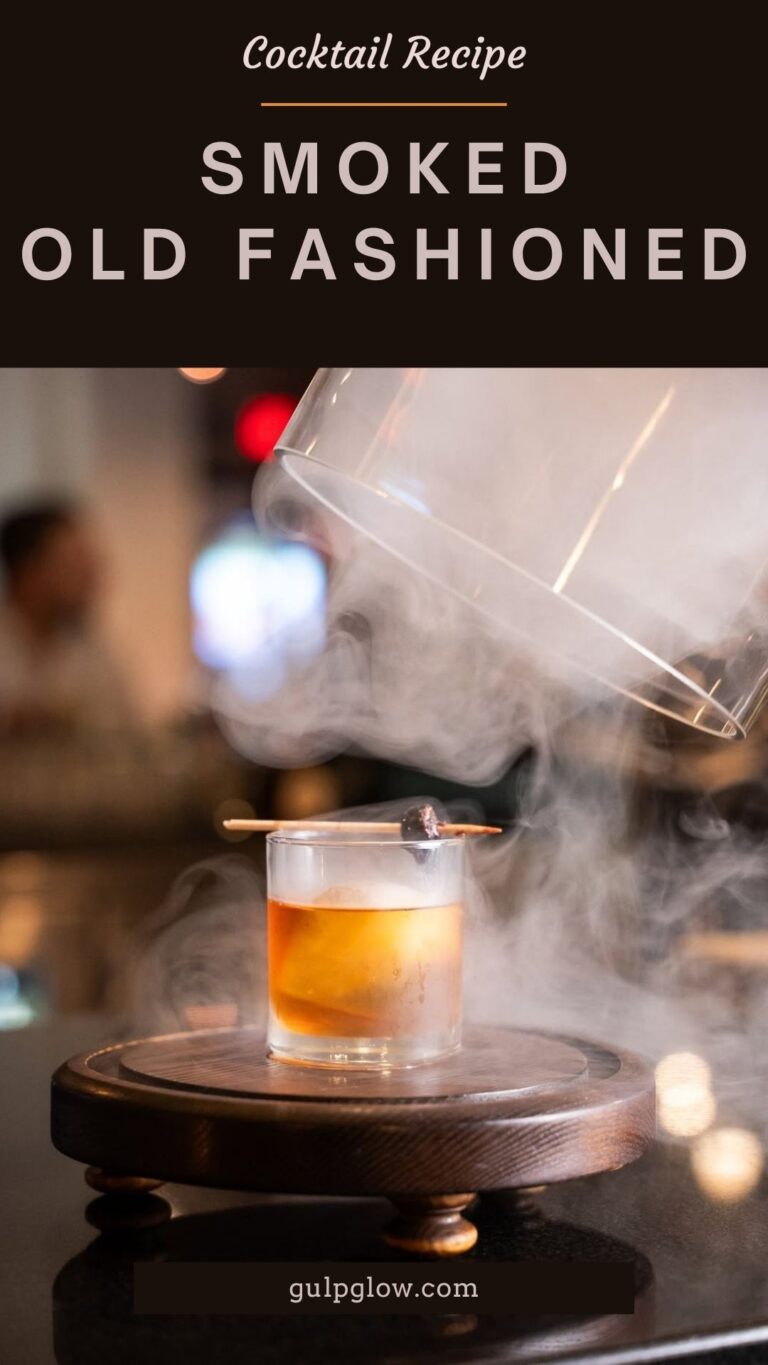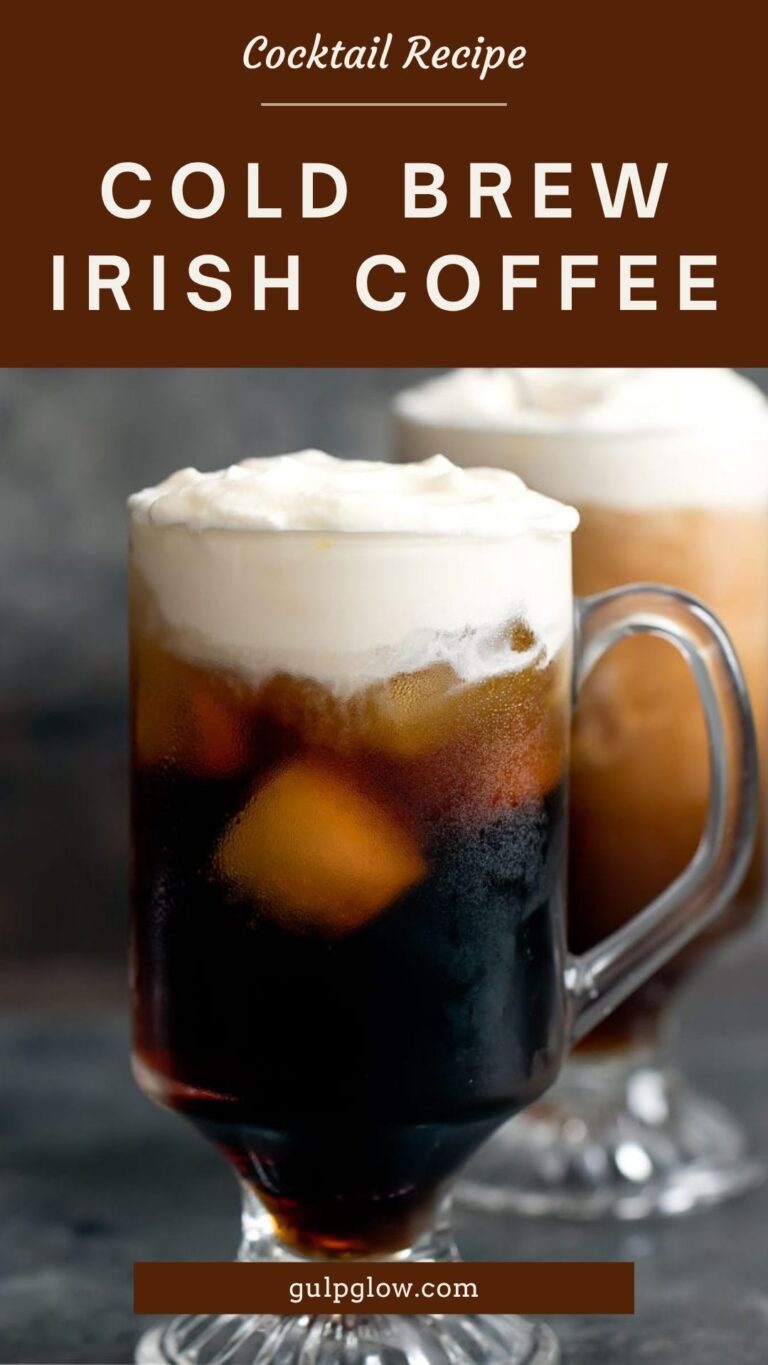Stirred with Style: The Sazerac from Live and Let Die
There are cocktails that flirt with flair, and then there are those that command respect—bold, timeless, and steeped in tradition. The Sazerac belongs squarely in the latter camp. This no-nonsense New Orleans classic isn’t just a drink—it’s an institution. A spirit-forward blend of rye, bitters, and sugar kissed with absinthe, the Sazerac is rich in both flavor and folklore.
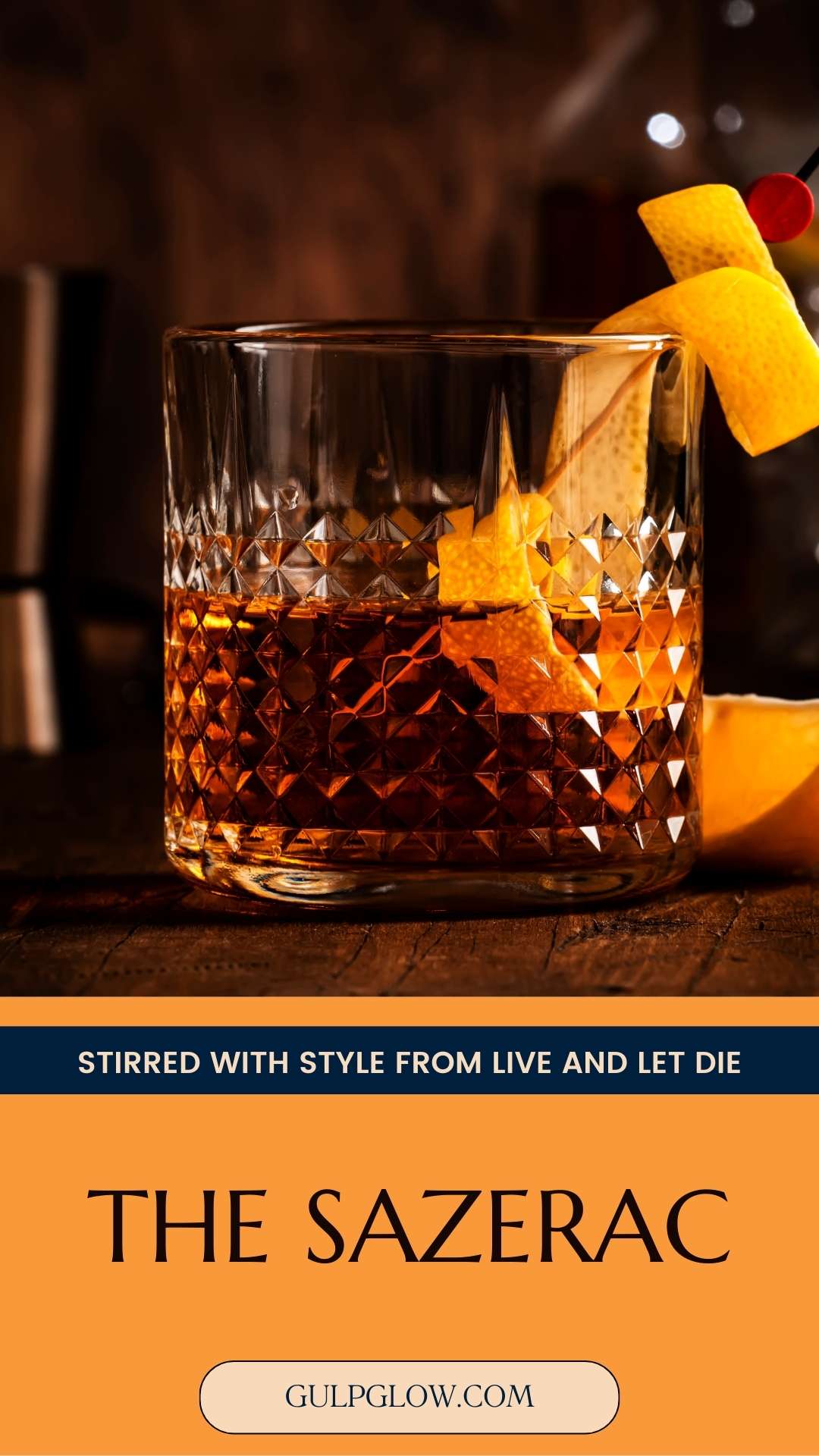
For James Bond fans, the Sazerac took on a new cultural spotlight thanks to Live and Let Die (1973), where it briefly makes a sultry cameo during 007’s New Orleans escapades. It’s the perfect cocktail for a man of refined tastes navigating danger with cool precision. The drink’s inclusion wasn’t just a nod to local flair—it was a tribute to the city’s legacy and a neat way to deepen the character’s cosmopolitan charm.
I remember my first Sazerac vividly. I was sitting in a dimly lit bar in the French Quarter, where jazz hummed through the walls and the bartender crafted each drink like an act of reverence. One sip, and I was transported: the punch of rye, the bitters’ warm bite, the subtle kiss of absinthe like a whispered secret. No cocktail ever quite matched that first impression.
Here’s everything you need to craft the same experience at home—whether you’re feeling a bit like Bond or just want a taste of old New Orleans.
Quick Facts: Sazerac Cocktail
Method: stirred
Flavor profile: spirit-forward, herbal, aromatic
How to serve it: neat
Glassware: Old-Fashioned glass
Alcohol content: ~28–30% ABV, ~22–24 grams of alcohol per serving
Try the signature Bond drink – Vodka Martini
Ingredients
- 2 oz (60 ml) rye whiskey (preferably something bold like Sazerac Rye or Rittenhouse)
- 1 sugar cube (or ½ tsp sugar)
- 2–3 dashes Peychaud’s bitters (a must for authenticity)
- Absinthe (for rinsing the glass; ¼ tsp or just enough to coat)
- Lemon peel (for garnish)
The integrity of a Sazerac hinges on the quality of the ingredients. Opt for a high-proof, spicy rye that can hold its own against the bold aromatics. Peychaud’s bitters are non-negotiable—they offer a floral, slightly sweet profile that’s essential to the cocktail’s identity. A simple sugar cube adds just the right balance without dulling the drink’s edge.
For a slightly less boozy version, consider using bourbon instead of rye, though traditionalists may scoff. If absinthe is unavailable, a pastis like Herbsaint or Pernod can offer a similar anise-like aroma, though it won’t be quite the same.
Equipment Needed
- Mixing glass or pint glass
- Bar spoon
- Jigger
- Old-Fashioned glass
- Muddler (optional, if using a sugar cube)
- Atomizer or small spoon for absinthe rinse
- Channel knife or vegetable peeler for lemon peel
An Old-Fashioned glass is the gold standard for serving the Sazerac. Its weight and wide rim complement the cocktail’s contemplative sipping nature, allowing aromas to bloom as you bring the glass to your lips.
Step-by-Step Instructions
1. Chill your glass.
Place the Old-Fashioned glass in the freezer or fill it with ice water while you prep the rest.
2. Prepare the sugar.
In a separate mixing glass, muddle the sugar cube with a few dashes of Peychaud’s bitters. If using granulated sugar, stir until dissolved.
3. Add the rye.
Pour in 2 oz of your chosen rye whiskey. Add ice and stir gently for 20–30 seconds to chill and slightly dilute the drink.
4. Rinse your glass with absinthe.
Discard the ice from the chilled glass. Add a few drops of absinthe and swirl it around the interior to coat, then discard the excess. This primes the glass with a heady herbal aroma.
5. Strain and garnish.
Strain the stirred mixture into the absinthe-rinsed glass. Express the oils from a lemon peel over the drink, rub it gently along the rim, and either drop it in or discard it for a minimalist look.
The process is ceremonial but deliberate. Take your time—this cocktail rewards patience and precision.
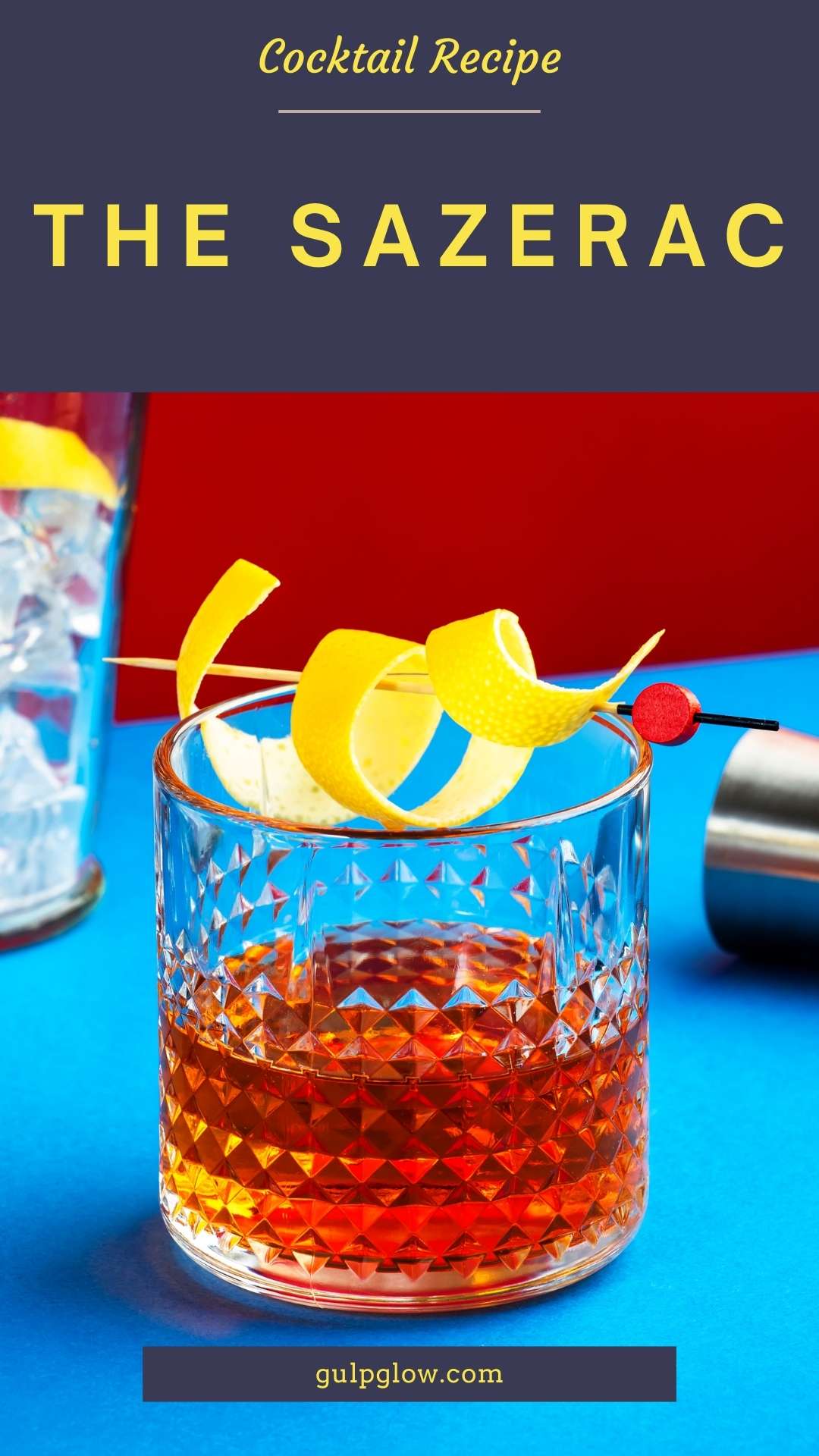
Flavor Profile and Tasting Notes
The Sazerac is unapologetically bold. The rye delivers spice and heat, offset by the mild sweetness of sugar and the floral tang of Peychaud’s. The absinthe rinse introduces a subtle herbal lift that lingers on the nose and tongue without overwhelming the palate.
The mouthfeel is silky and robust, with a dry finish. This is a sipping cocktail through and through, best enjoyed slowly to savor its evolving layers.
Pair it with dishes that have strong Southern roots—think smoked andouille sausage, oysters Rockefeller, or chargrilled steak. Even a well-seasoned gumbo plays well with the drink’s spicy, herbal complexity.
Want to tweak it? Try using a Demerara sugar cube for a deeper, molasses-like sweetness. Adding a dash of Angostura bitters alongside the Peychaud’s can create a more complex, layered bitter bite.
Garnishing and Presentation
The classic garnish for a Sazerac is simple: a lemon peel. Expressing the oils is key—this isn’t just decorative. The citrusy aroma complements the absinthe and adds brightness to the deep rye base.
Presentation should echo the cocktail’s heritage—clean, elegant, and understated. Serve it in a chilled Old-Fashioned glass, no ice, with the lemon peel either resting inside or neatly expressed and discarded. Resist the urge to overdo it—this drink commands attention through its flavor, not frills.
For an elevated presentation, use a clear-cut rocks glass and serve on a dark wooden tray alongside a small bowl of Louisiana pecans or roasted almonds.
Pairing Suggestions
Smoked meats like brisket or duck balance the Sazerac’s potent rye spice. The smokiness mirrors the depth of the drink while the fat content softens the alcohol’s punch.
Blue cheese or aged cheddar works wonders with the absinthe rinse, bringing out earthy, savory notes.
Dark chocolate with sea salt enhances the bitters and sugar, making for an indulgent, satisfying pairing.
Cigars (if you’re venturing outside) also complement the Sazerac, especially fuller-bodied varieties with peppery notes.
Cocktail History and Trivia
Widely believed to be America’s first cocktail, the Sazerac dates back to the 1830s in New Orleans. Apothecary Antoine Amédée Peychaud first served it using his eponymous bitters and French brandy. Originally, the base spirit was Cognac, but when phylloxera devastated French vineyards in the late 1800s, rye whiskey became the new standard.
The drink was named after the Sazerac de Forge et Fils brandy that Peychaud originally used. Over time, the cocktail evolved into its current rye-based form.
Absinthe was banned in the U.S. from 1912 to 2007, so bartenders often substituted Herbsaint or other anise liqueurs until the real thing made a legal comeback. The Sazerac is so culturally significant that it was declared the official cocktail of New Orleans in 2008.
Serving Suggestions
The Sazerac is a slow-sipper meant for quiet moments—after-dinner conversations, introspective evenings, or as a signature drink at a jazz-themed cocktail party.
To serve for a crowd, pre-batch the rye, bitters, and sugar (scaled accordingly), store in the fridge, and absinthe-rinse each glass just before serving. Stir individual servings over ice and strain.
Ideal serving temperature? Cool, not cold. Don’t over-dilute—the complexity comes alive best just below room temp, without the harshness of a freshly poured shot.
Alcohol Content and Alternatives
With about 28–30% ABV in a standard pour, the Sazerac is strong. If you prefer a lighter version, reduce the rye to 1.5 oz and increase the dilution slightly during stirring.
A non-alcoholic Sazerac is tricky but possible. Try using a non-alcoholic whiskey alternative (like Ritual or Lyre’s), non-alcoholic bitters, and anise-flavored syrup to mimic absinthe. You’ll get the essence without the buzz.
You can also substitute the sugar with honey syrup or agave for a different sweetness profile.
Frequently Asked Questions (FAQ)
Can I use bourbon instead of rye?
Yes, but you’ll get a softer, sweeter drink. Rye’s spice is what defines the classic Sazerac.
Do I need absinthe?
It’s essential for authenticity. If you can’t find it, a few drops of Herbsaint or another anise liqueur will do.
What if I don’t have Peychaud’s bitters?
Peychaud’s is specific to the Sazerac. Angostura won’t replicate the flavor, but it’s better than nothing in a pinch.
My drink is too sweet/strong—what can I do?
Too sweet? Use less sugar or stir longer for more dilution. Too strong? Try 1.5 oz rye or serve with an ice cube (though that’s non-traditional).
How should I express the lemon peel?
Hold the peel over the glass and twist gently to release oils. Rub the peel along the rim for extra aroma.
The Sazerac Cocktail Recipe
Ingredients
2 oz rye whiskey
1 sugar cube
2–3 dashes Peychaud’s bitters
Absinthe (for rinse)
Lemon peel (garnish)
Directions
- Chill an Old-Fashioned glass.
- In a mixing glass, muddle the sugar cube with bitters.
- Add rye and ice. Stir for 20–30 seconds.
- Rinse chilled glass with absinthe and discard excess.
- Strain into the prepared glass.
- Express lemon peel over the drink and garnish.
Conclusion
The Sazerac is more than just a drink—it’s a ritual, a story, and a statement. Whether you’re mixing it for the first time or the fiftieth, it offers something deeply satisfying every time. Its place in cocktail lore is earned, not given. And if you ever need an excuse to channel your inner Bond, this is the drink to do it with.
Next time, we’ll explore another cocktail with cinematic flair—something shaken, perhaps?
